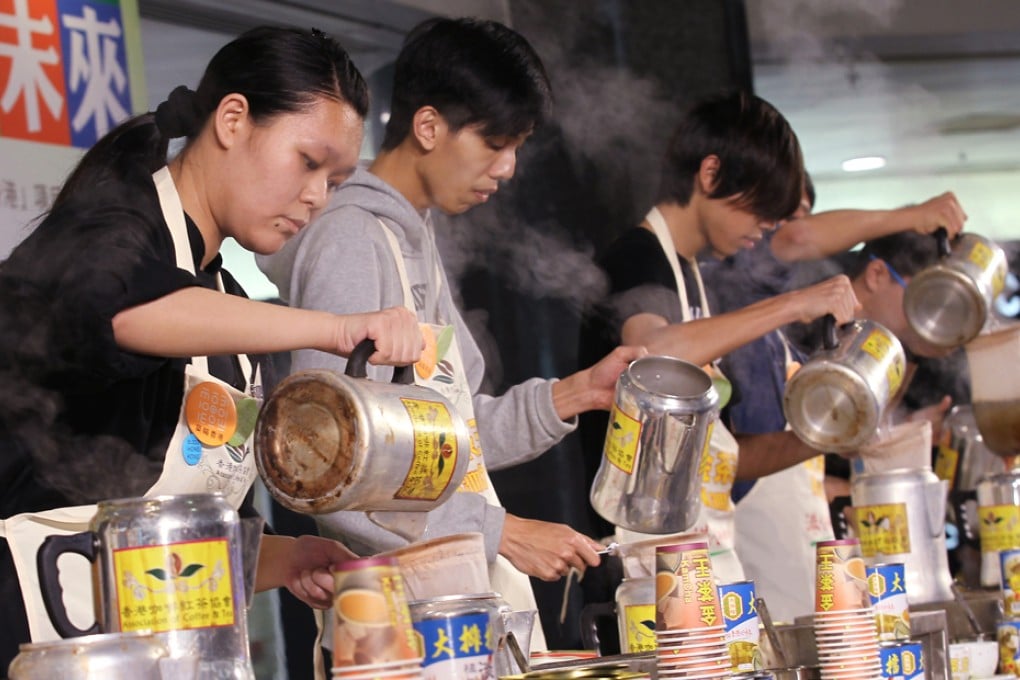Pledging to safeguard Hong Kong's heritage won't save traditions from dying out, critics fear
Experts say identifying items of intangible cultural heritage will not, alone, save them

Hong Kong has identified 480 items of intangible cultural heritage and pledged to safeguard them. But no one has thought about how to keep them alive.
This, critics say, is a result of the government's reluctance to develop a cultural policy that integrates intangible cultural heritage - including forms of kung fu and techniques for making delicacies like milk tea - into the cultivation of Hong Kong's cultural identity.
This is fundamental for arts and cultural development, heritage conservation and subsequent cultural and creative industries as well as cultural tourism, they say.
"The government only handles culture from a laissez-faire approach. There isn't a holistic vision or a master plan for cultural development," cultural critic and consultant Desmond Hui said. "Intangible cultural heritage carries intrinsic value that is important to a society's identity and knowledge," he said, adding that resources were allocated on a piecemeal basis.
In policy recommendations drafted in 2003 by the defunct Cultural and Heritage Commission, heritage - tangible and intangible - was identified as an important element in making Hong Kong an international cultural metropolis. The report said Hongkongers had to understand their own culture and history before introducing them to others.
IN FULL: Click here to see the entire Hong Kong cultural heritage list
But the report was not fully adopted by the government.
